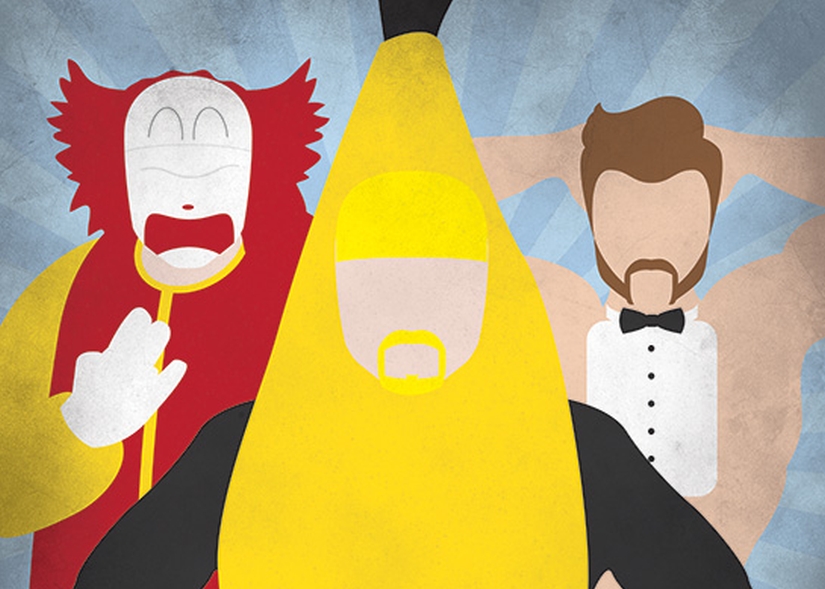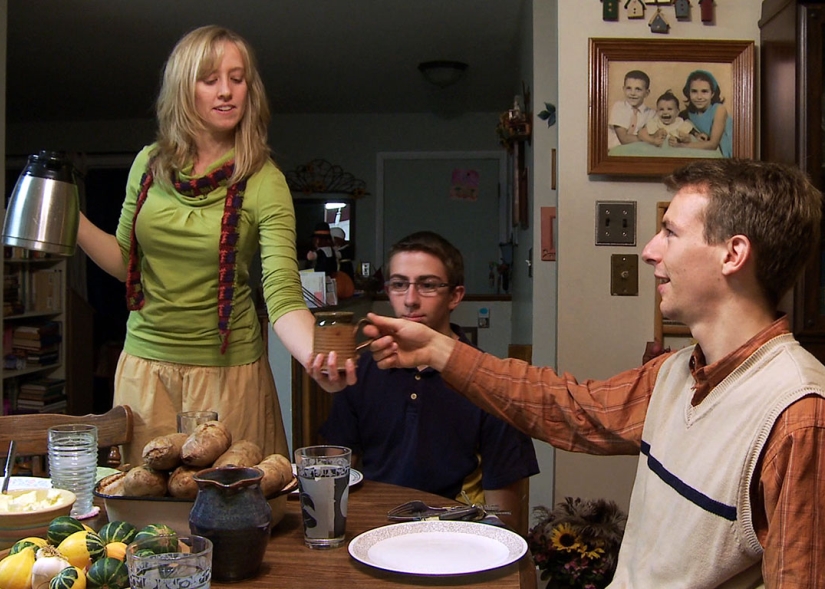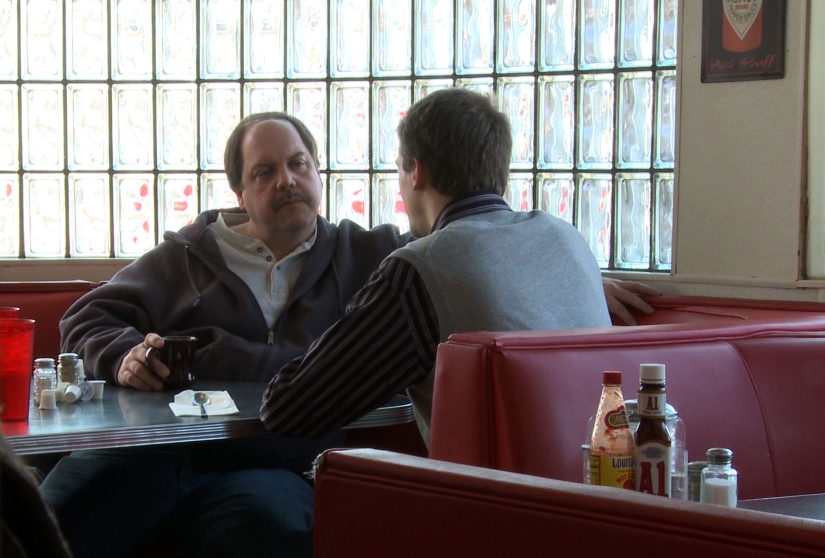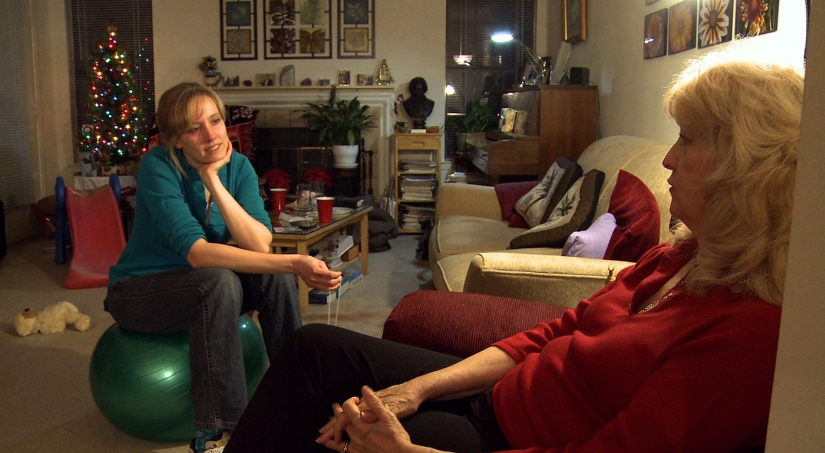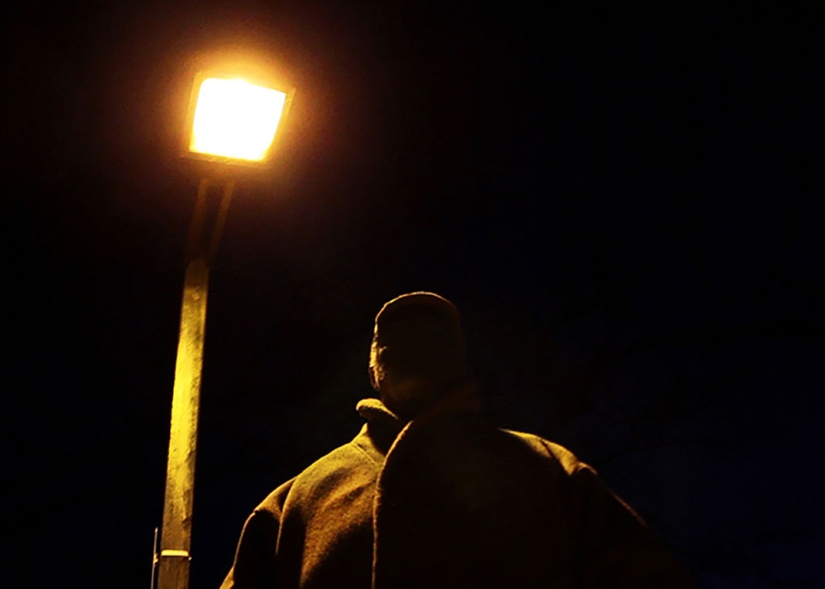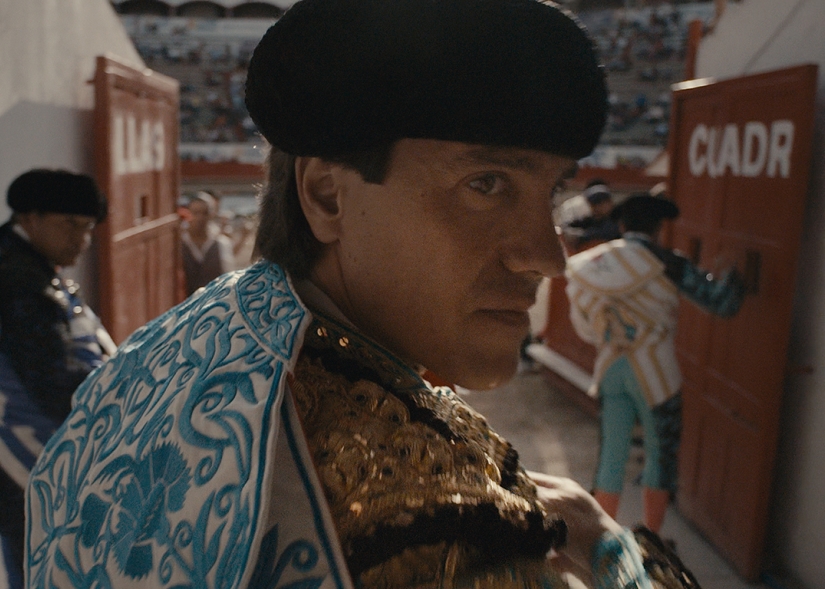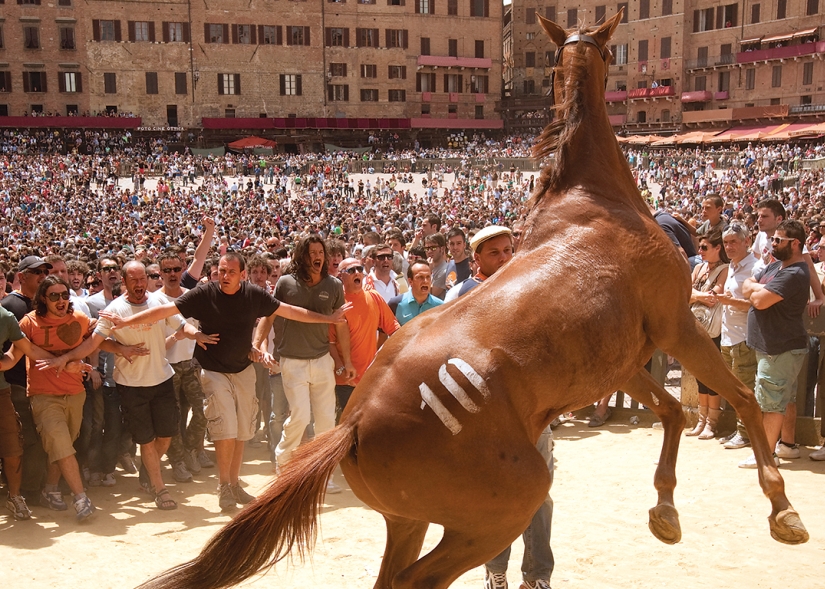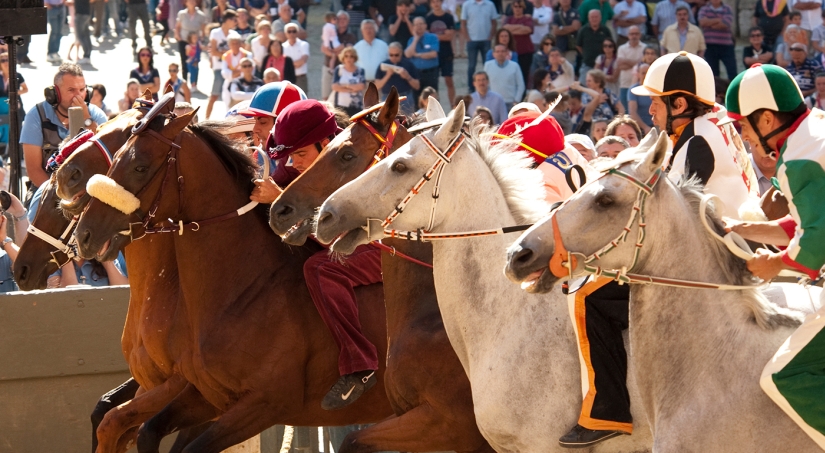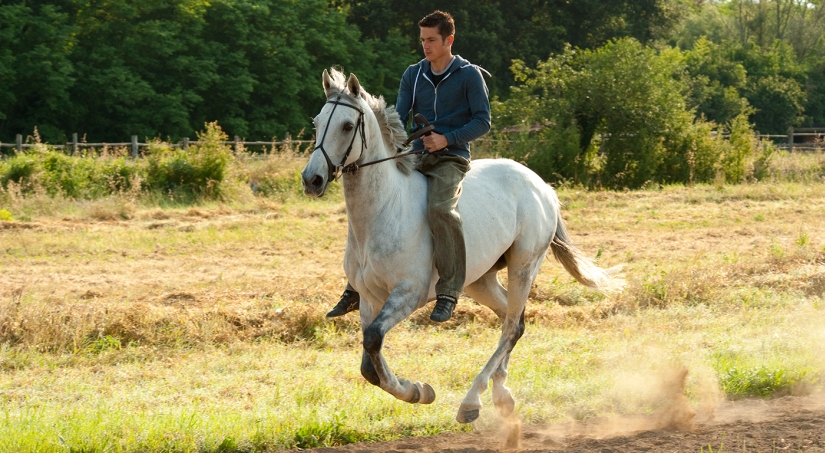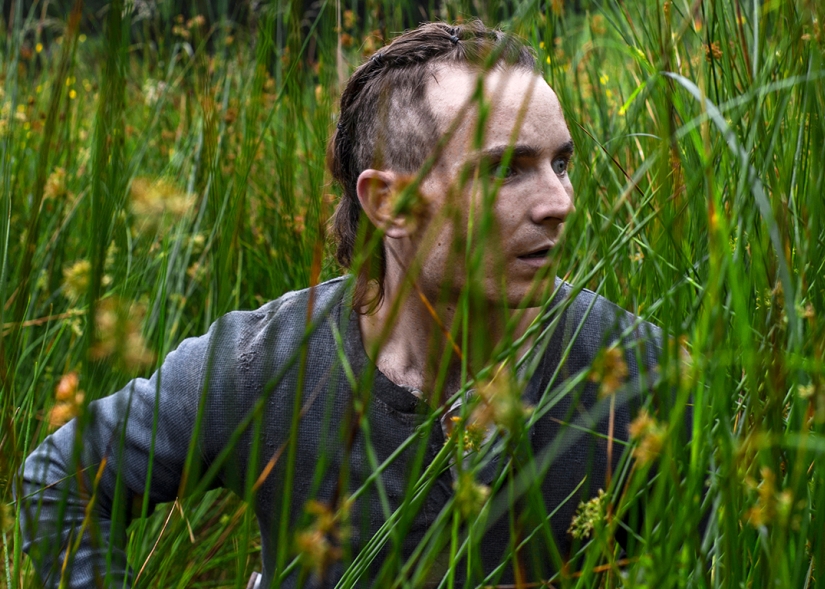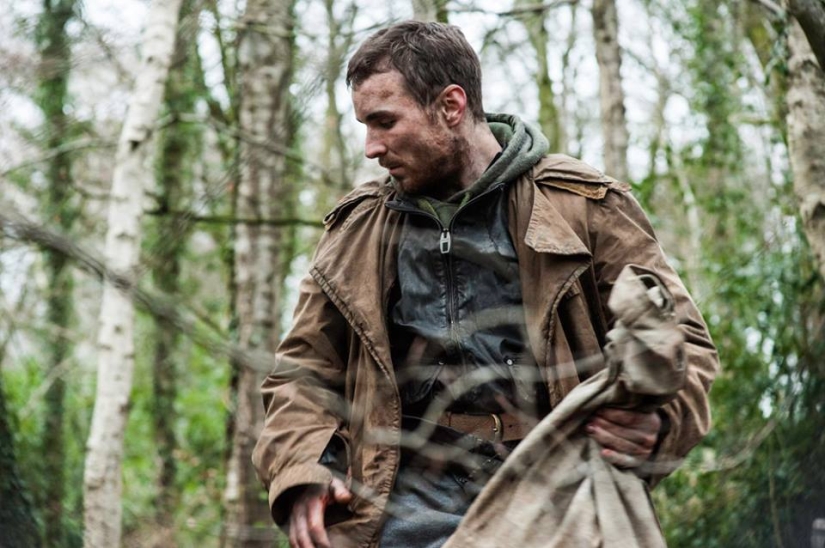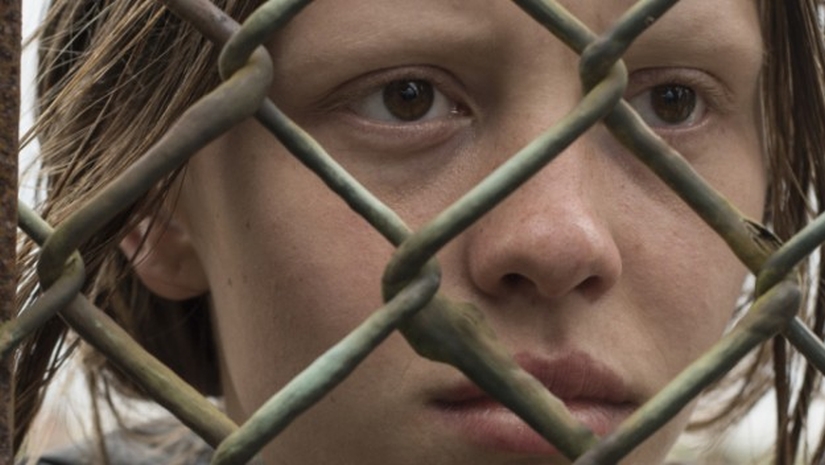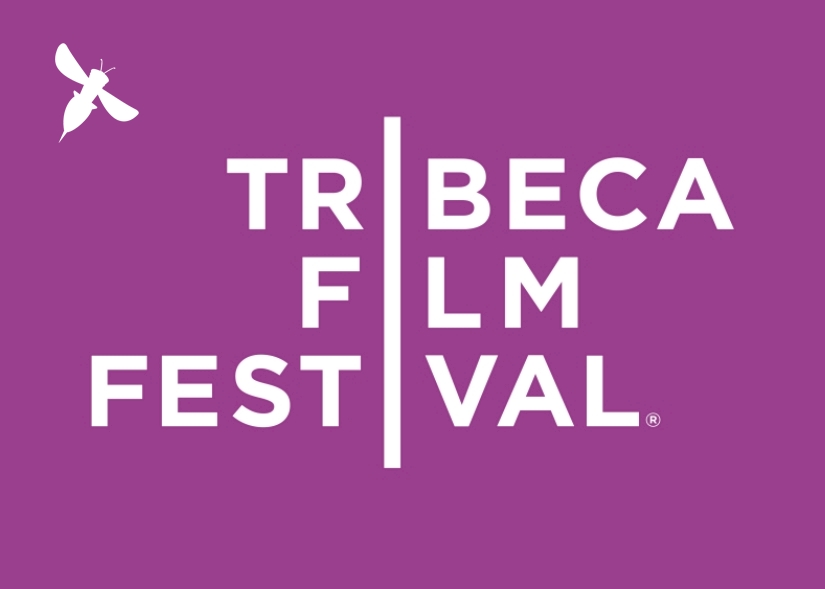[Tribeca] Bodyslam: Revenge of the Banana! Shows Why Some Wrestling Gimmicks Succeed and Others Fail
In the documentary Bodyslam: Revenge of the Banana, directors Ryan Harvie and John Paul Horstmann follow the bizarre story of Seattle Semi-Pro (SSP), an independent wrestling promotion whose existence is put in danger by an outsider who becomes part of their roster.
SSP is different from other indie wrestling promotions. There's no ring, for one, just a stage and some mats. Gone is the illusion of athletic competition. SSP is also a comedy wrestling promotion, but it's not a witty meta-wrestling cartoon like Chikara Pro. In Chikara, wrestlers will lob invisible hand grenades at one another, or sometimes wrestlers (and the crowd and the commentary team) will spontaneously perform in slow motion. At SSP, one of the headliners is a drunken clown named Ronald McFondle, and another is a guy in a banana costume who dances to The Buckwheat Boyz's "Peanut Butter Jelly Time," recreating a 13-year-old internet meme.
Even though SSP is not my taste in terms of wrestling, it's an irreverent family and there's nothing wrong people coming together and building that sort of kinship.
A lot of drama in Bodyslam: Revenge of the Banana hinges on the clash of personalities both inside and outside the ring (or, in this case, on and off the stage at a dive bar). What the film illustrates in an oblique way is why some wrestling characters succeed and fail, and what makes a good hero (babyface) and a good villain (heel).
[Tribeca Review] A Courtship
Dating can be awful, but there are worse alternatives. Take the act of Christian Courtship, which is the subject of Amy Kohn's documentary A Courtship. To practice Christian courtship is to save yourself completely for marriage, including your first kiss. The playful snogging in the school yard is done in the devil's territory.
Christian Courtship gets even worse and more bizarre, ultimately forcing women into passivity as they wait for a knight in shining armor to rescue them from the supposed plight of single life. (It's fitting that official Courtship material about the sanctity of a first kiss is sold in form of a picture book/fairy tale.) The women who practice Courtship claim that they are submitting to God's will, but they're really submitting to an antiquated Biblical patriarchy that justifies their treatment as chattel.
See—way worse than dating.
A Courtship
Director: Amy Kohn
Rating: N/A
Release Date: April 18, 2015 (Tribeca)
Kohn's primary focus is a woman named Kelly. She lives with the Wright family, a Courtship-loving family in the Grand Rapids, Michigan area. Ron Wright, the head of the household and Kelly's father-figure, screens all suitors before Kelly even meets them. It's a cross between speed-date and job interview. Ron goes on more dates with these men than Kelly does because Kelly usually isn't allowed to meet the suitor unless the man meets Ron's approval first.
Kelly is 33 years old.
The following becomes apparent while watching A Courtship: Kelly has the same level of maturity about love and relationships as the two Wright daughters, one pre-pubertal and the other adolescent. Unlike the Wright daughters, however, Kelly doesn't have her first kiss to give, which is a deal breaker for some men in the Courtship community.
Again, Kelly is 33 years old.
When it comes to documentaries like A Courtship, there's a question of tone to consider. Are we supposed to mock the subjects or be sympathetic and empathetic to them? Kohn manages a bit of both. It's hard for me not to disparage Courtship as a practice since it's so backwards, so anti-feminist, so anti-modernity. Courtship robs women of agency and, as a theological disagreement in the film shows, devalues their personal beliefs and personhood.
It's also hard for me not to be critical of Ron and Dawn Wright, who push Courtship on their household. Yet by allowing Ron and Dawn to discuss their own marriage with candor, Kohn's discovers the justification for believing in Courtship. Even I'll admit that Courtship for the Wrights comes from a place of genuine (and suffocating) parental concern. On the other side, it's difficult to not feel bad for Kelly, who seems so wrapped up in the idea of marriage as something that will complete her existence, so afraid of being a disappointment to someone (though mostly a disappointment to herself) that she's opted for passivity. For her, it's better that passivity than the vulnerability that's necessary to love someone.
Kohn follows Kelly to visit her mother's house, where we learn a little bit more about Kelly's upbringing and her parents' relationship. There's a home movie of Kelly, just a little girl, sitting on a ball and bouncing up and down with joy, carefree. When Kelly tells her mom about Courtship, her mother offers one of the documentary's few dissenting opinions about the practice. During this discussion, Kelly sits on a yoga ball in a way that's a little too much like the home movie of her as a child. I'm hesitant to psychoanalyze, but the scene sadly makes sense.
[Tribeca Review] (T)ERROR
In Lyric R. Cabral and David Felix Sutcliffe's documentary (T)ERROR, good counterterrorism intelligence seems to be a secondary worry for Shariff. He's 63 years old, he's an ex-con, he's been an FBI informant for decades, and, most importantly, he has bills to pay. That's always in the back of his mind—he does this because he needs the work, and he'll do whatever he has to in order to keep getting work. The gigs involve glad-handing his way into Muslim communities, getting to know a person of interest, and trying to get that POI to incriminate himself so the FBI can do the rest.
Nevermind the actual motives of the POI, in this case a Muslim convert named Khalifah Al-Akili. It's all about the arrest. This is an operation of entrapment, pure and simple, but the FBI gets what the FBI wants. Shariff has no choice but to comply. When the film is fully in motion, (T)ERROR reveals the malleability of personal desperation and how government abuses are permissible under the shield of counterterrorism.
(T)ERROR
Directors: Lyric R. Cabral and David Felix Sutcliffe
Rating: N/A
Release Date: 4/16/2015 (Tribeca)
It's not just desperation that drives Shariff. (T)ERROR looks back on the arrest and incarceration of Tarik Shah, a jazz musician that Shariff helped convict. When we learn more about Shah and what he said and the way that Shariff coaxed it out of him, we sense a fundamental sense of desperation driving Shah's words. Even hypothetical allegiance to Al Qaeda is allegiance enough for arrest. The system isn't just corrupt, it's also absurd and is committed to keeping the poor and the marginalized down. Shariff used to be a black militant before the FBI gave him a chance to become an informant, and the cycle continues: marginalized groups used to incriminate and incarcerate other marginalized people.
In some ways, Shariff's job is like high-pressure sales—he entices the desperate on the behalf of the FBI, trying to close the deal and get them to say something, anything, incriminating. If Shariff closes, there's a chance he'll get called on again by the FBI to close another deal and get paid. The camera hangs on Shariff, going in and out of focus in a stylized way, catching him around corners of a room like he's the subject of some sort of surveillance. After a while, his quiet frustration reveals years of guilt. Maybe the camera is his conscience watching, judging. Shariff seems to know what he's doing is awful, but sometimes, like Shah knew, a person has to do whatever it takes to pay the bills. Works for the man, gets paid by the man, but then has to pay the man back. And that cycle continues too.
There's a small stretch of (T)ERROR that feels like it treads water, and while the material as a whole is engaging and important to explore, there's a lack of forward movement near the middle. The Tribeca Film Festival cut of (T)ERROR clocked in at 84 minutes, which is about 10 minutes leaner than the original world premiere cut that played at Sundance. It'd be interesting to see if Cabral and Sutcliffe continue to carve just a few minutes from the front end of the movie as it plays more festivals or nears distribution of some kind.
That lag I mentioned doesn't last too long, however, thanks to an unexpected shift in Cabral and Sutcliffe's focus. They remain strong documentarians when the shift comes, but they become better documentary journalists. Not only do we understand Shariff, but Shah and Al-Akili too. It makes all the desperation more painful. (T)ERROR humanizes everyone involved in this deal. Except for the FBI, of course. They refused to be interviewed, possibly because they'd incriminate themselves further.
[Tribeca] GORED's Reckless Bravery Offers Lessons for Creatives
Ido Mizhary's GORED provokes an innate morbidity. We're told that Antonio Barrera is not the most graceful of bullfighters. He's been gored a staggering 23 times. The documentary is framed by Barrera's final bullfight before retirement. Given all the cliches about death during a last job, it's unclear if he'll make it out unscathed.
We're also told that bullfighting at its best is like a dance. (If you can get past the animal cruelty and view this practice anthropologically, it makes sense on a metaphorical level.) Archival footage of famous Spanish matadors show off the grace that crowds expect. Slow movements, pure anticipation, no perspiration, and the illusion that the bull is a willing accomplice in its own demise. The struggle between man and nature is presented as a hypermasculine tango.
If you don't have grace as a bullfighter, you can at least be recklessly brave, which is what makes Barrera popular in Mexico. (Is this the bullfighter's version of being big in Japan?) There are lessons in Barrera's approach that go beyond bullfighting, and it applies to various artistic endeavors. Maybe there's a certain method that joins physical exertion and creative endeavors, or a common disposition that athletes and creatives sometimes share. Or maybe it's just the way that people define themselves and their philosophy of life by the work they do and the things they create, and the exterior form is a way of understanding the interior life.
[Tribeca Review] Palio
The Palio is a horse race that's been held in the Italian city of Siena since 1656. Twice each year in the summer, the 14 districts of the city pick horses and hire jockeys to represent them. The riders dash around the square for 90 mad seconds while the crowds watching from the ground and the windows cheer them on. Some horses skid into walls during a sloped right-angle turn, others slip and tumble and bring bodies down with them in a pile. Only first place matters.
And the race is just part of the intrigue.
Palio is a documentary shot and edited with the verve of a narrative thriller. It's exhilarating, it's exhausting; spiked everywhere with ancient history, colorful local yarns, and the myths of conquering heroes. Director Cosima Spender has crafted a sports movie by way of Spaghetti westerns, and yet it's so much more. There are multiple surprises nested in this Sienese tradition, and there's rarely if ever a lull in the action.
Palio
Director: Cosima Spender
Rating: N/A
Release Date: April 18, 2015 (Tribeca)
The primary focus of Palio isn't the personality of the districts but rather the men who ride the races. The jockeys have no allegiance to anyone but themselves, we're told. Many are out-of-towners. They're mercenaries working for the highest bidder, and they're hired to ride a horse that's picked in a draft process rather than a horse they might have worked with in the off-season. There's a love/hate relationship between the jockeys and the people. When a jockey wins a race, they are glorified. When a jockey loses, crowds get crazy. Spender shares archival footage of a losing Palio jockey pulled to the ground, dragged, and absolutely brutalized by rabid spectators.
Jockey Andrea Degortes, nicknamed Aceto, won 14 Palios from 1965 to 1992. He's a larger-than-life figure, all machismo and swagger for the brief moments of screentime he has. Yet despite victories, he recounts on camera a single loss that caused him to go into hiding. He legitimately feared for his life.
There's a tale of generations in Palio. Gigi Bruschelli is one of the more dominant jockeys in action. He's won 12 Palios and wants to tie and unseat Aceto's record while he's still able. (Though if you ask Aceto, Bruschelli's only won 11.) There's also a younger jockey, Giovanni Atzeni, whose promise seems limitless. The older jockeys and fans swap stories, and they still have the same arguments they had in the past. Each subject we spend time with is involving in their own way.
There's also a tale of backroom drama in Palio, and it's presented with a sense of conspiracy. Spender catches implications of bribes and other shady dealings for strategic advantage. District rivalries are played against each other, last-second deals might be cut at the crucial point before a race starts. When asked about some of his more questionable methods, Bruschelli smiles like a good mercenary to deflect and conceal.
Palio is constructed so viewers can experience the strange beauty of ritual. While we don't get the full scope of the pageantry, we hear the district names called out—unicorn, giraffe, she-wolf, tower, wave, seashell. The districts wear their colors and sing their songs. The hooves rumble and thunder thanks to the expert sound design. We watch jockeys hoisted in the air as a swell of an Ennio Morricone score elevates the rider to the state of gunslinger, warrior, gladiator. We even catch a glimpse of a special contraption that picks the starting line order at random. Spender presents the object with equal parts majesty and mystery so that the inner mechanisms at play retain their potential for magic.
These rules and these images are like something out of an Italo Calvino story, so charming, so fascinating, such a feast of ideas. And like a Calvino story, I can't wait to revisit Palio for its craft and the excitement it inspires.
For more information on Palio and to find out about screenings/tickets for the Tribeca Film Festival, click here.
[Tribeca] The Adderall Diaries and the Problem with the Brilliant Male Writer Cliche
I think it was Harlan Ellison who said that most people believe they're a better writer and a better fuck than everyone else. That succinctly describes the absurd narcissism at the heart of the male writer trope: he's ruggedly masculine and yet aesthetically sensitive, he's smart in a way that's worldly rather than academic—brilliant, really—he constantly struggles with writer's block until a divine spark of inspiration leads to the rapid production of undeniable genius, and everyone wants to have sex with him because he's really good at it—no, the best, actually.
The brilliant male writer cliche is ridiculous yet persistent, and these tropes make the adaptation of The Adderall Diaries starring James Franco feel so uninspired. I haven't read Stephen Elliott's memoir of the same name, though excerpts from the book strike such a different tone from the film. It's not just because the story's been moved from San Francisco to New York. While the source material seems like a genuine exploration of strained father-son relationships and the ways people remember and misremember, writer/director Pamela Romanowsky's movie comes across as sycophantic genuflection to the idea of the brilliant male writer.
[Tribeca Review] The Survivalist
In most post-apocalyptic movies, the predominant colors are brown and gray, as if the only things that can exist in this fallen world are dirt, soot, and some muddy combination of the two. In Stephen Fingleton's assured feature film debut, The Survivalist, the post-apocalytic world is green instead, lush and overgrown now that the human population is too low to mess it up. Yet like Werner Herzog said about the anarchy of the jungle, this kind of wildness is cruel, and everywhere it's full of murder and death.
The world of The Survivalist isn't just overgrown, though. It's quiet out there, and in that sinister, a-little-too-quiet way. Our title character (Martin McCann) lives on his own in the wilderness in a sustainable cabin for one. Think Henry David Thoreau's Walden, but with the occasional raiding band of cannibal scavengers.
The Survivalist
Director: Stephen Fingleton
Rating: N/A
Release Date: April 16, 2015 (Tribeca)
The survivalist doesn't say a word as he goes about a series of routines: he buries a body, he chops firewood, he plants vegetables, he makes lantern oil, he jerks off. When a mother and daughter (Olwen Fouere and Mia Goth) arrive asking for food, there's finally some dialogue. They look like a pair of backpackers, but their mere presence is menacing. What the two women are asking for may not match their motives, and the survivalist's intentions may not be so pure either. The way they negotiate suggests that this is how the world works now: all interpersonal interactions are types of transactions (even sex) carried out with quiet suspicion.
The lack of dialogue in The Survivalist is so full of potential meaning and scheming thanks to the grim look of the cast, and Fingleton finds surprising power in his expert control of images and silences. The control is apparent with his clever presentation of a graph that opens the film. A red line courses along a black screen representing the increase of human population since the middle ages. A blue line appears representing oil production, and the two lines rise together, abandoning specific decades and centuries. Eventually the blue line dips from view, and we follow the red line as it changes its orientation on the screen into decline.
That's the history of a post-apocalyptic world told in two phrases, a handful of numbers, two lines, and the illusion of motion.
When one of the characters is in danger, a crane shot moves over a field of tall grass with controlled purpose—like the rise and fall of the infographic line, like the dread of a drawn-out note on violins. The audience sees the danger in the field that our hero can't see, and the audience also knows something about the situation that our hero doesn't realize.
The Survivalist takes advantage of the limitations in a character's knowledge. It enhances a number of tense moments throughout the film, where a brief beam of light in the dark is a herald of doom, or even the way a character selects and holds a garden tool seems like a prelude to murder. Everything and everyone is so on edge because the world is out to get them. The Survivalist is all about the pervasive suspense of the quiet and unseen world, and also the unknown and unspoken aims of other people.
Fingleton's visual panache drives most of the film's mood, though the grounded performances lend subdued desperation to the proceedings. McCann has a feral kill-or-be-killed edge, and Fouere has a fox-like mien that suggest she's always calculating her next move; Goth seems so withdrawn, by contrast, and it's difficult to tell what her character's feeling or if she feels much at all anymore. That's the reality of the world of The Survivalist, though there's something harsher that all the characters have come to accept: even small changes in routine can mean the difference between life and death.
For more information on The Survivalist and to find out about screenings/tickets for the Tribeca Film Festival, click here.
The 2015 Tribeca Film Festival Begins
The 2015 Tribeca Film Festival kicks off tonight in New York City. Established in 2002, this year's Tribeca Film Festival runs from April 15th to the 26th, and features numerous world premieres, special screenings and events, talks and conversations with filmmakers, arts installations, and more.
Some notable programming includes a conversation between George Lucas and Stephen Colbert, a Q&A with the cast and crew of GoodFellas moderated by Jon Stewart, a 40th anniversary screening of Monty Python and the Holy Grail with surviving Python members in attendance, and much more.
During the next two weeks, you'll find reviews and other kinds of coverage here at Ruby Hornet. Our first reviews will be hitting on Friday.
For tickets and more information about the Tribeca Film Festival, visit their website.

